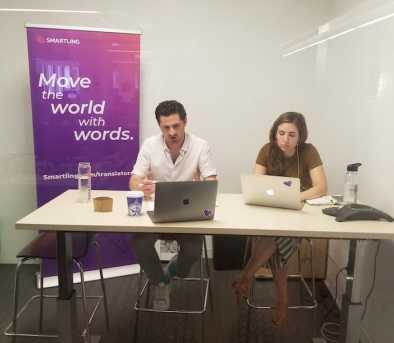Is there a place for centralization in global marketing and translation management?
Nothing is more “decentralized” than reaching global customers and employees in their own language.
If translation itself is all about reaching faraway clients in their own language, translation workflow should be about keeping everyone on the same page, even if the words are different.
Marketing in Focus
As Dr. Islam Gouda at the American Marketing Association observes, the most effective marketing structures commonly combine elements of centralization and decentralization.
As crucial as decentralization can be for reaching localized customers in a global market, it can also lead to such problems as “duplication of efforts, deviation of goals, and failing to see the bigger picture of the market situation.”
These concerns are especially crucial when it comes to managing the translation workflow. Translation efforts involve a complex series of events: project managers identify and define content needs, they call upon translators to provide the specific translations, and then other team members must review and approve the resulting materials.
In many cases, notably when you translate website content or games, the translated material is not simply a document, but text that developers must be able to smoothly integrate into an application.
Decentralizing this complex workflow would leave individual project managers to handle translation projects haphazardly, without the ability to draw on institutional memory or a mechanism for quality assurance. Potential costs include not only wasteful duplication of effort, but the risk of inconsistent translations creating a muddled message.
Keeping the Mainline Running Smoothly
Translation workflow can be viewed as performing a function not unlike a railroad. The railroad, by providing efficient transportation for people and goods, allows decentralization to thrive.
But the railroad itself has to be run from a single traffic control center. Fast passenger trains and slow freights must be kept separate, and traffic needs to be overseen and balanced to allow every track to carry its maximum capacity.
Your enterprise translation system carries the traffic of vital messages: product information and usage directions, web content and the very identity of your brand and company, important legal or contractual content, and the list goes on.
A centralized translation workflow is the best way to guarantee that these messages will reach their destinations quickly, smoothly, and above all, accurately.
When decentralization and centralization work in concert, you can trust that your company’s messages will all be on the same page for everybody—even when it’s in a language you don’t understand.






